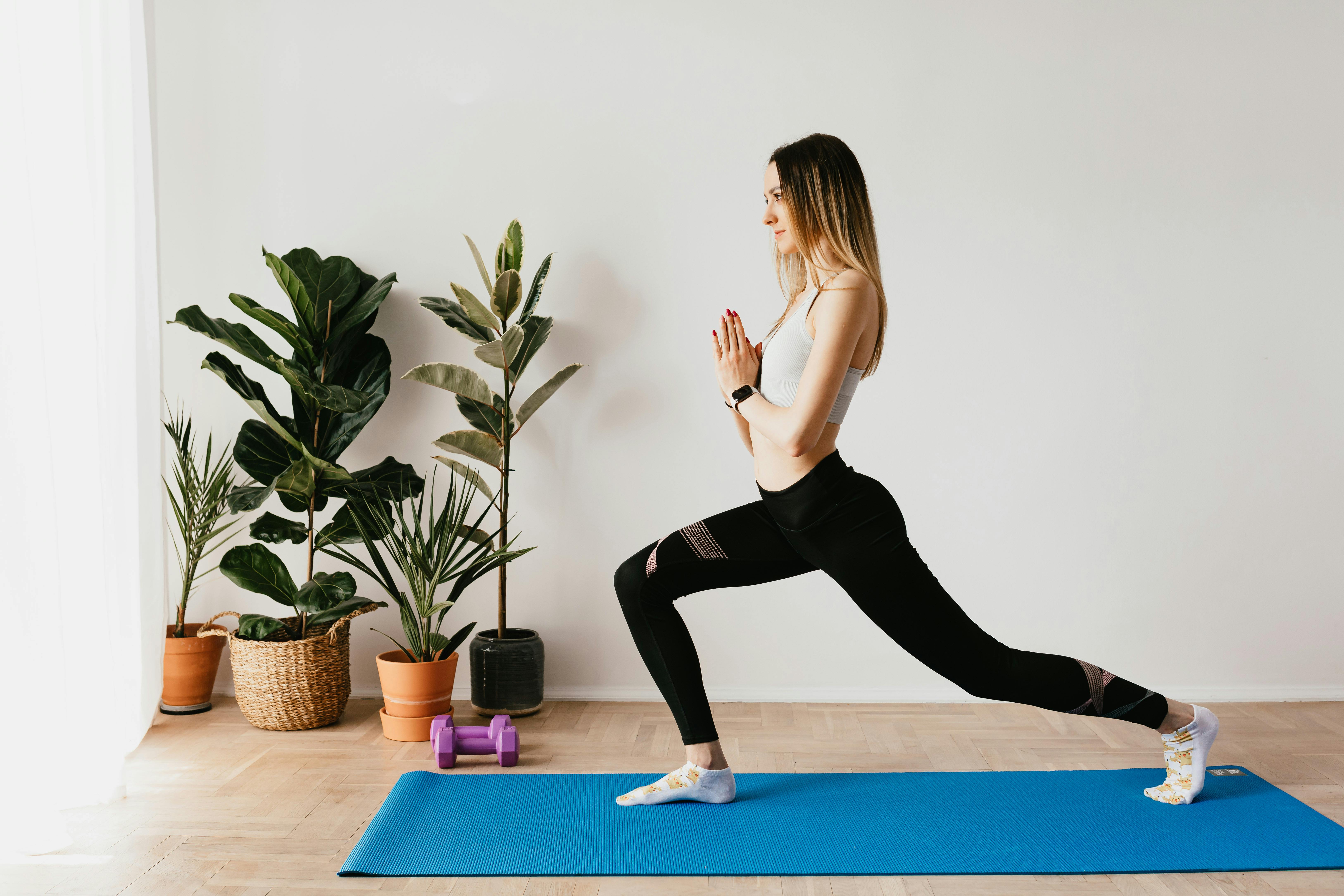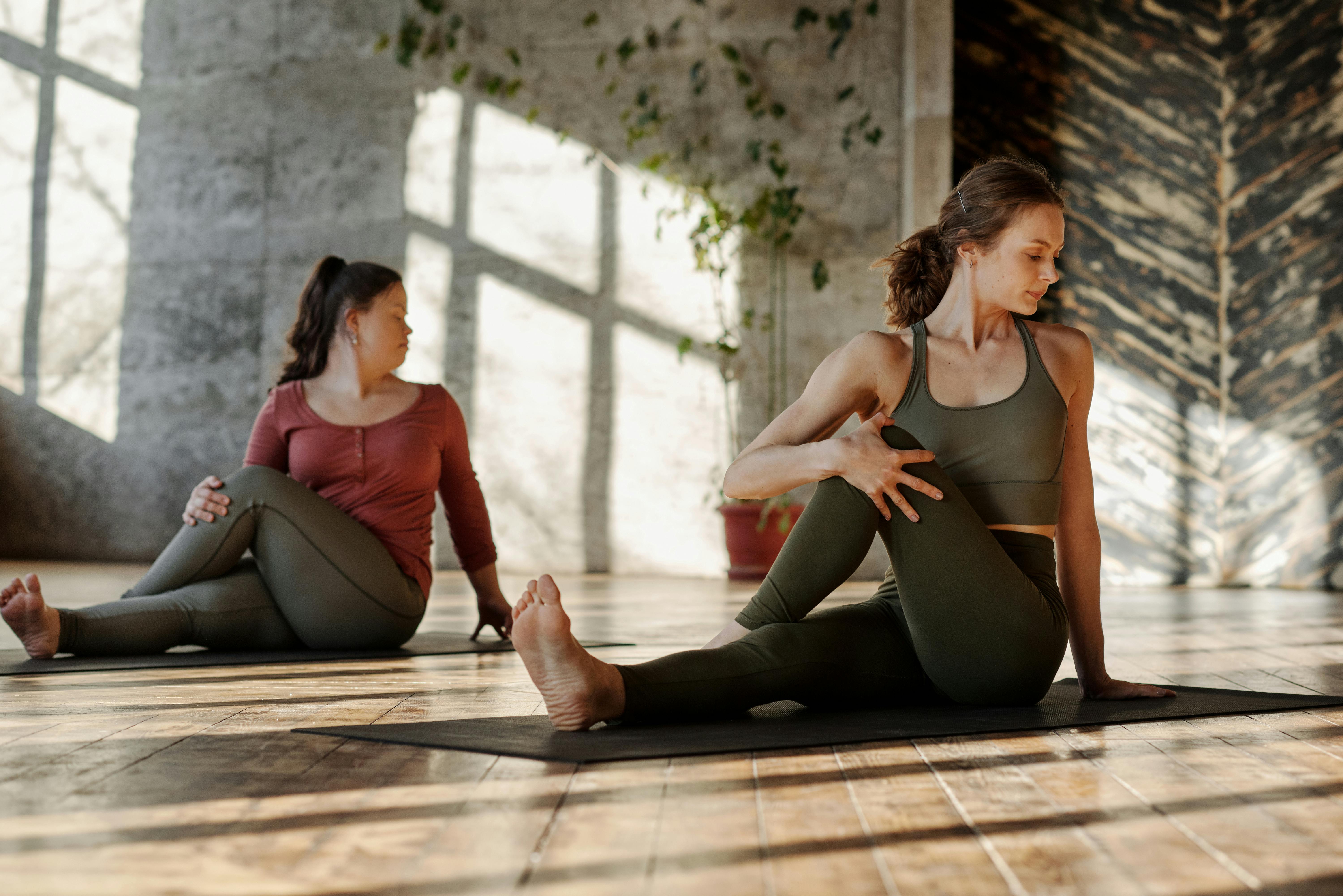
10 Must-Know Fitness Tips of 2025 Reimagined
By Rick Cohen, M.D. | Published August 2, 2025 Commented from Original Article

Photo by Pexels / Jonathan Borba
In a world saturated with one-size-fits-all workout advice, Quantum Mitochondrial Tracking (QMT) by PureClean Performance offers a radically different approach. Instead of following generic prescriptions, you learn to read and respond to your body’s dynamic signals: breath-hold capacity, heart-rate recovery, pH balance and redox status. Here’s how to reinterpret the top mainstream fitness tips of 2025 through a QMT lens and train how your body really needs to.
1. “A Few Heavy Sets Are Enough” Is Misleading
Mainstream research suggests muscle gains plateau after two direct heavy sets. QMT reframes this: strength emerges only when your system is primed for load. Unless breath-hold readiness, autonomic balance and redox markers show coherence, extra effort triggers inflammation rather than adaptation. Your real guide is when your BHI, standing heart-rate delta and pH recovery confirm you’re ready to handle the stress.
2. “Weights Before Cardio” Isn’t Always Better
Standard advice favors lifting first to preserve energy for strength work. QMT insists the order depends on mitochondrial substrate preference and nervous-system state. If anaerobic reserves are low or HRV shows sympathetic dominance, begin with Zone-2 or breathwork to restore balance. Use real-time heart-rate and breath-hold feedback to decide whether to lift or flow first.
3. “One Hour per Week Is Sufficient” Oversimplifies Context
Evidence shows two 30-minute lifting sessions weekly can yield muscle growth. QMT asks instead: is your system adapting or merely staving off decay? Minimal dose works only when sleep quality, mineral balance and recovery metrics are optimal. Track your urine pH, ORP and BHI between sessions to confirm genuine morphogenesis rather than resistance to entropy.
4. The Sitting-Rising Test Reveals More Than Longevity
This simple test correlates with lifespan, but QMT reads deeper. Sitting-rising performance reflects fascia elasticity, vestibular integration and central-mitochondrial cross-talk. Link your SR test results to breath-hold variability and terrain hydration metrics to understand where energy production or flexibility is truly limited.
5. Morning Workouts Require Context, Not a Clock
Research ties morning activity to better cardiopulmonary health. QMT reframes it: circadian cues matter only if your internal rhythm is coherent—reflected by cortisol slope, pH and breath-hold performance. Some bodies thrive at dawn; others require mid-day alignment. Let your terrain signals reveal your optimal window.
6. Yoga, Tai Chi and Exergames Restore Energetic Coherence
Mind-body practices benefit cognition and vagal tone. QMT highlights their role in re-establishing signal-to-noise ratio across the energetic field. By measuring shifts in voice resonance, HRV patterns and tissue hydration during these activities, you tap into deep coherence mechanisms that conventional studies overlook.
7. Personality-Based Workouts Can Mask Terrain Fragility
Matching workouts to “Big 5” traits may boost adherence but ignores terrain feedback. If an extrovert craves HIIT but returns more fatigued each time, their preference is reinforcing disharmony. QMT tracks whether a session enhances adaptive flexibility or deepens rigidity, guiding you toward workouts that genuinely restore resilience.
8. Early Bedtimes Follow Energy Recovery, Not Vice Versa
Later sleepers often move less, but QMT identifies causality: recovery capacity dictates bedtime. High nighttime redox discharge and optimal pH enable earlier down-regulation, leading to more next-day movement. Monitor overnight HR slope and morning breath-hold to understand why your sleep timing shifts.
9. Japanese Interval Walking Needs Precision
Three-minute fast/three-minute slow intervals deliver strength and endurance gains—if done with conscious nasal breath and controlled heart-rate spikes. Without terrain tracking, you risk lactate overload. QMT integrates real-time SpO₂ and breath-hold recovery to signal when to switch pace and when to pause.
10. Exercise-For-Sleep Benefits Depend on ANS Tuning
Yoga, Tai Chi and walking help insomnia, but QMT explains why. These practices modulate CO₂ sensitivity, redox balance and parasympathetic activation—best assessed by morning pH and overnight HR variance. Choose exercises that your terrain signals as restorative, not just those trending on social media.
Conclusion: Train by Your Signals, Not Averages
Generic 2025 fitness tips rely on averaged responses and ignore individual biomarker and feedback. QMT offers a meta-layer: you track, restore and adapt based on your body’s real-time metrics. Fitness is not a prescription; it is a conversation between you and your body.

Photo by Pexels / Pavel Danilyuk
